I am obsessed with seaweed.
Did you know seaweed can absorb carbon dioxide 50 times faster than plants on land? Woah, that means cultivating seaweed could play a crucial role in tackling our warming atmosphere.
In grad school, people who didn’t know my name colloquially called me “that seaweed girl.” Its environmental capabilities are just one of the reasons I’m crazy about this underwater plant.
And no, I’m not talking about my love for those seaweed snacks you see in the grocery store – though they are quite delicious. When I say seaweed, I am talking about the more than 10,000 species of macroalgae that is colloquially called seaweed.
I believe seaweed is key to combating climate change and breathing life back into our marine ecosystems.
Seaweed has the potential to reduce the effects of climate change simply through cultivation. Oh, and by its remarkable ability to be transformed into sustainable materials and products.
That’s why our mission at Sowing Seas is to foster sustainable seaweed farming in collaboration with global coastal communities, enriching local environments and driving economic growth.
You can learn more about our impactful work by subscribing to this newsletter, but today, let’s talk about why sowing seaweed has the potential to save planet Earth from the imminent threats of climate change.

Why Seaweed?
Farming seaweed is remarkably sustainable.
Unlike traditional land crops, it needs no fresh water, fertilizers, or feeds.
When it comes to the carbon emissions of our foods, beef production is by far the largest emitter. The emissions to produce a single hamburger are higher than the emissions your car uses to drive you to McDonalds and back.
While global livestock contribute to nearly 15% of all greenhouse gas emissions, seaweed does the opposite, capturing carbon dioxide directly from the atmosphere for growth.
And although land plants also sequester carbon through the process of photosynthesis, even crops like wheat end up contributing to global greenhouse gas emissions due to intensive farming practices.
Nearly a quarter of all human-induced greenhouse gas emissions is due to harmful agricultural practices like fermenting livestock, deforestation for land-use, and the energy costs of everything from running large machinery to producing pesticides.
Underwater plants like seaweed do not erode soils or need chemically-induced fertilizers to grow in the ocean. Unsustainable farming practices mean that even though land crops are also photosynthesizing, the net CO2 in the atmosphere actually increases.
Recent studies suggest that on average, each kilogram of seaweed grown absorbs about 2 kilograms of CO2. On the other hand, for every kilogram of beef produced, approximately 60 kilograms of CO2 are emitted.
This makes seaweed one of the most environmentally friendly foods on the planet!
Seaweed in Action
I was introduced to the world of seaweed when I decided to go to grad school at Brandeis University’s Heller School for Social Policy and Management.
In my first year, I spontaneously decided to join what was called The Heller Startup Challenge. Essentially, you make teams with random students on a Friday and have 48 hours to come up with a social impact business before pitching to a panel of judges on Sunday morning. I joined a group of students who had been studying the positive environmental impacts of seaweed, and do you know what?
We won first place.
Our business idea centered on a little red seaweed called asparagopsis taxiformis that, when fed to cows, reduces a cow’s flatulence and therefore their methane emissions. By cultivating this algae and transforming it into feed additive, we could reduce methane gas production in cattle herds by 50%- 80%.
As referenced in the graph above, beef production contributes to nearly 15% of all greenhouse gas emissions. This means that feeding seaweed to cows could mitigate a significant portion of the CO2 entering our atmosphere without having to mitigate America’s obsession with hamburgers (although that would also help – please eat less meat).
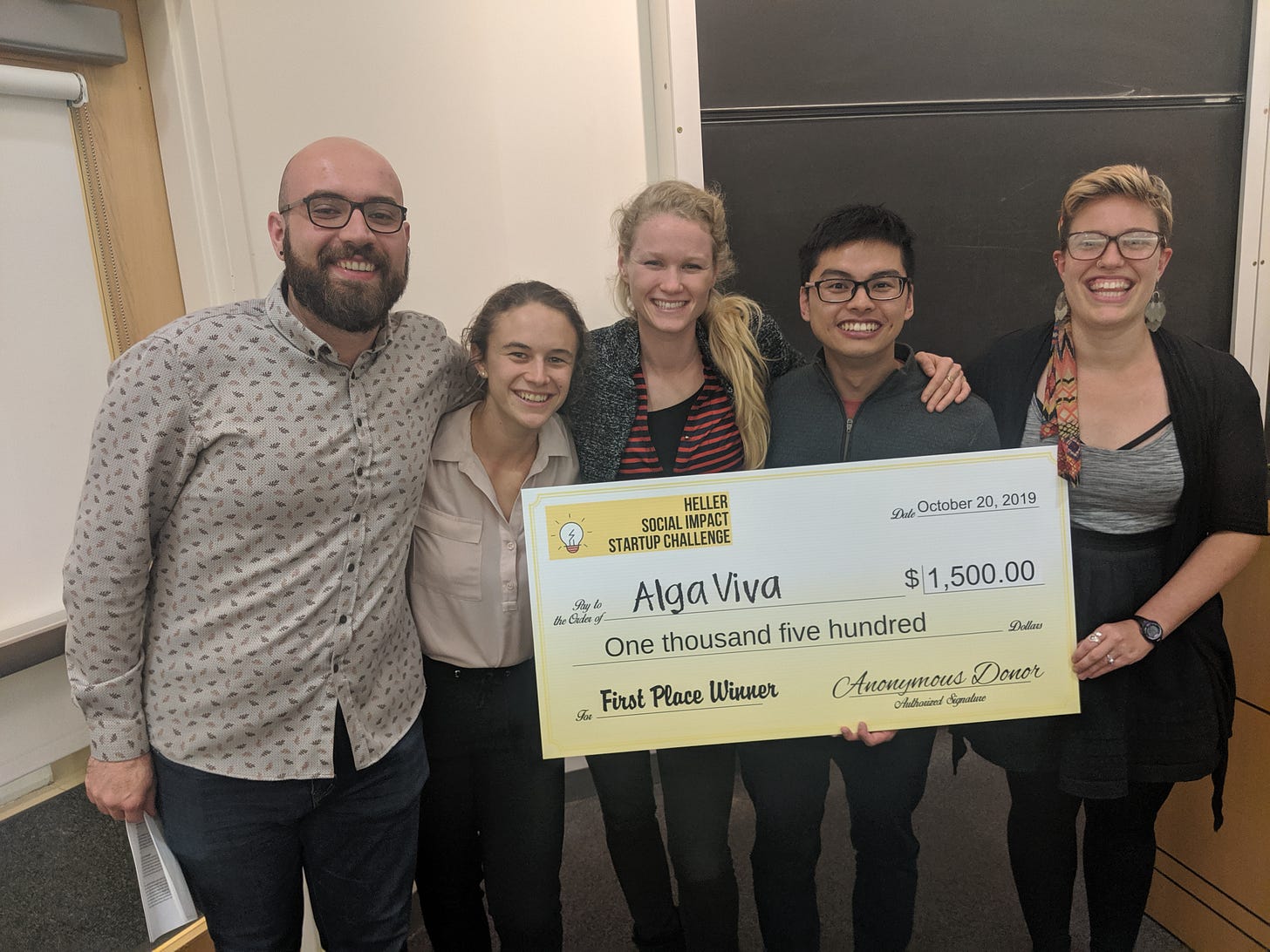
Our team was unable to pull together the funding to bring this idea to life, but that doesn’t mean others weren’t successful.
A startup called Symbrosia raised $7 million to scale production of these breakthrough seaweed strains and bring their livestock feed additive, SeaGraze, to market.
Seaweed Making Waves
Symbrosia is not the only startup innovating on the environmental impacts of seaweed.
Companies like Notpla and Sway harness the power of seaweed to create home compostable replacements for plastic. These companies have engineered biobased pellets to replace petroleum-based pellets used in plastic packaging manufacturing.
And still other companies like Keel Labs are creating a seaweed-based yarn with a significantly lower environmental footprint than conventional fibers.
Aside from products, there are also organizations like Running Tide, who are simply cultivating kelp for the sole purpose of carbon sequestration. Remember the little fun fact that seaweed absorbs carbon dioxide at a rate 50 times greater than terrestrial plants?
Well, Giant Kelp (Macrocystis pyrifera) is the fastest growing species on the planet. It can grow 18 inches in a single day and reach heights of up to 100 feet!
Running Tide and others are using this concept to cultivate forests of kelp. They can then remove carbon by sinking the kelp biomass to avoid it from entering the atmosphere.
Sowing Seas
The seaweed market is scaling each year. I’ve shared only a few examples of what a plethora of folks around the world are experimenting with when it comes to innovative seaweed solutions.
The new challenge we are facing? There is not enough supply to meet the demands of this growing seaweed market!
That’s why I founded Sowing Seas — to get more ocean farmers in the water.
Our mission is to advance small-scale sustainable seaweed farming throughout coastal communities in the Global South, both for the environment and to improve livelihoods of those most directly impacted by overfishing and the effects of climate change.
A cold email landed me a partnership with the Nature Conservancy Belize. We collaborated to support the growth of the Belize Women’s Seaweed Farmers Association, a group of passionate women advancing the Caribbean seaweed farming industry.
I am nascent on my entrepreneurial journey, but I am so excited to see where my obsession with seaweed takes me next and I welcome you, dear reader, to join me on this journey of discovery.
The Seaweed Revolution
Whether you’re convinced or still want to learn more, here are some ways you can dive deeper into how seaweed is making waves in sustainable development:
Subscribe to my newsletter: My newsletter is free and the perfect way to stay updated about the world of sustainable ocean farming from the latest insights to in-depth interviews with leaders in the space.
Support the Mission: Although my content is free, the work we are doing to empower seaweed farmers is not. Your $8 monthly subscription directly supports our on-the-ground initiatives with partners in Belize, Costa Rica, and Zanzibar.
Spread the word: If you’re already a subscriber, share this newsletter with friends and folks who want to learn ways to practice sustainable living through seaweed. Let’s grow this community of sustainable ocean advocates!
Reach out: At Sowing Seas, we are building a community of passionate individuals dedicated to cultivating a healthier planet – one seaweed farm at a time. Email me to share your thoughts, ideas, and questions. I respond to every inquiry I receive!
I hope this glimpse into the world of seaweed has inspired you to explore the transformative power of sustainable ocean farming.
Thanks for reading, together we can empower change!
-That Seaweed Girl
About this Publication:
If you're an industry professional, an environmental advocate, or just a curious learner, Sowing Seas brings you the latest insights, research, and stories from the world of sustainable ocean farming and innovation.
Our newsletter features a triple bottom line approach:
People: Discover stories of resilience from communities affected by overfishing, learn from ocean farming pioneers through expert interviews, and get practical tips for adopting sustainable practices across various roles.
Planet: Explore seaweed's role as a carbon-negative, restorative resource, highlighting its benefits in climate mitigation, ocean health, and biodiversity through case studies and scientific research.
Profit: Uncover economic opportunities in sustainable aquaculture, from seaweed-based bioplastics to climate-smart products, and understand how sea vegetables and shellfish can sustainably nourish and supply the world.





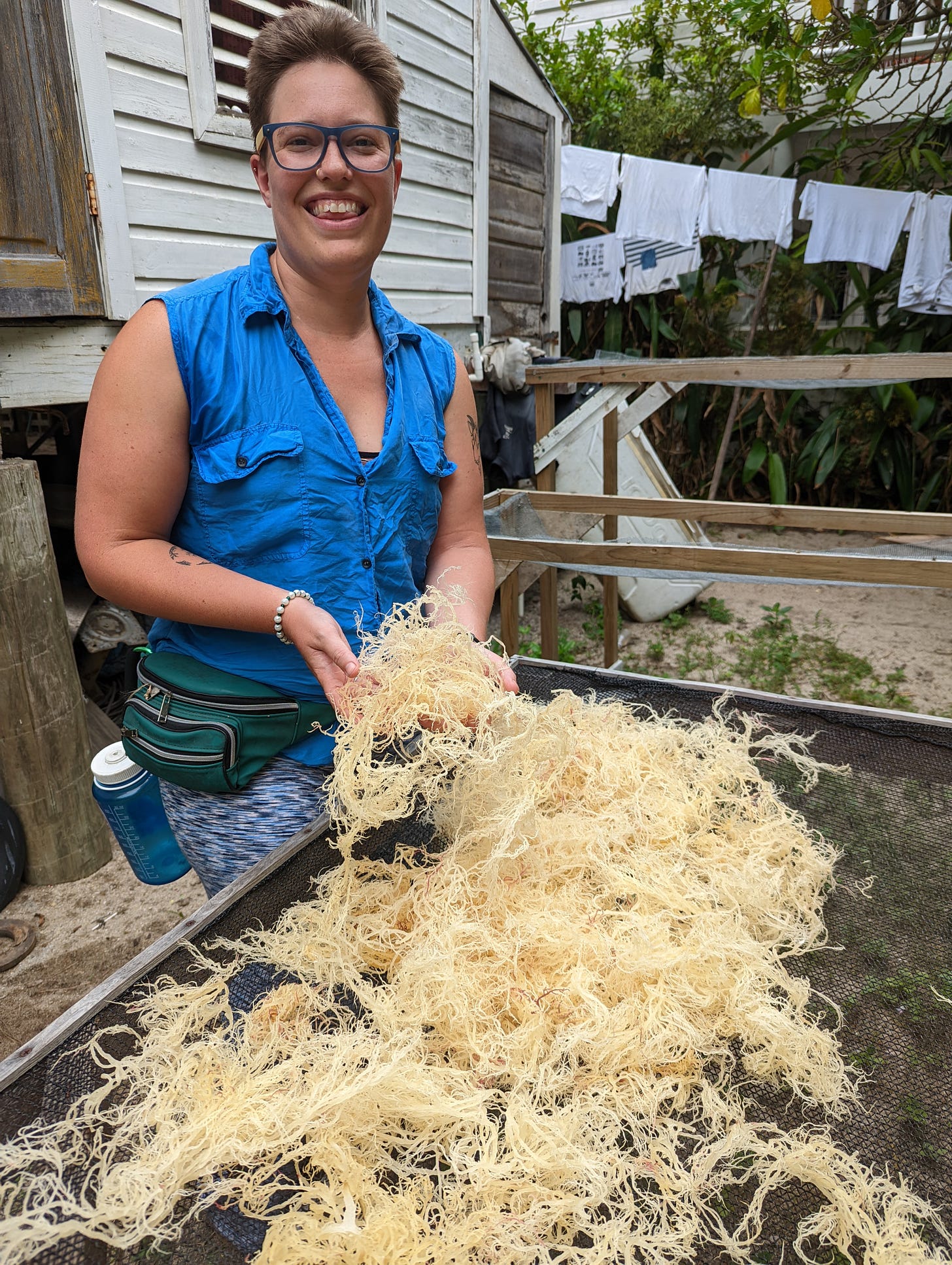
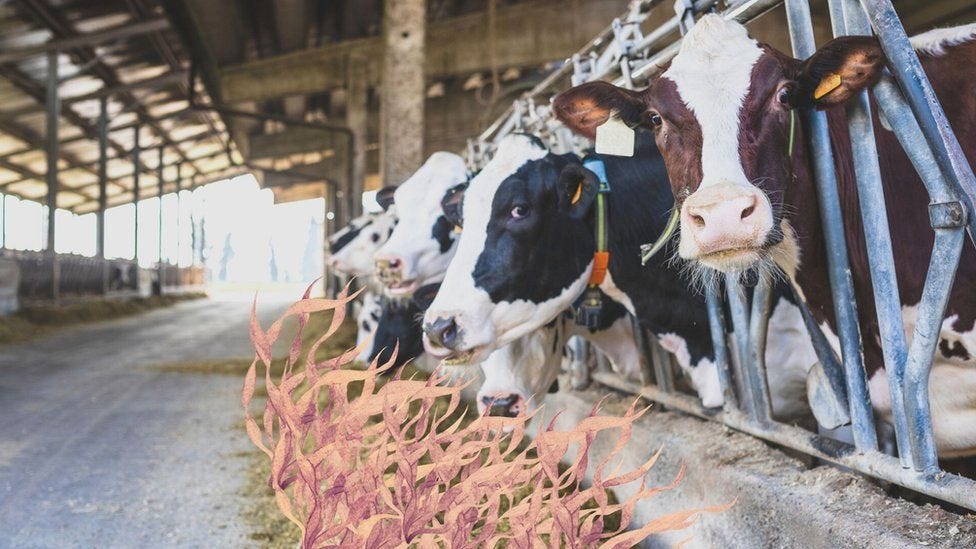

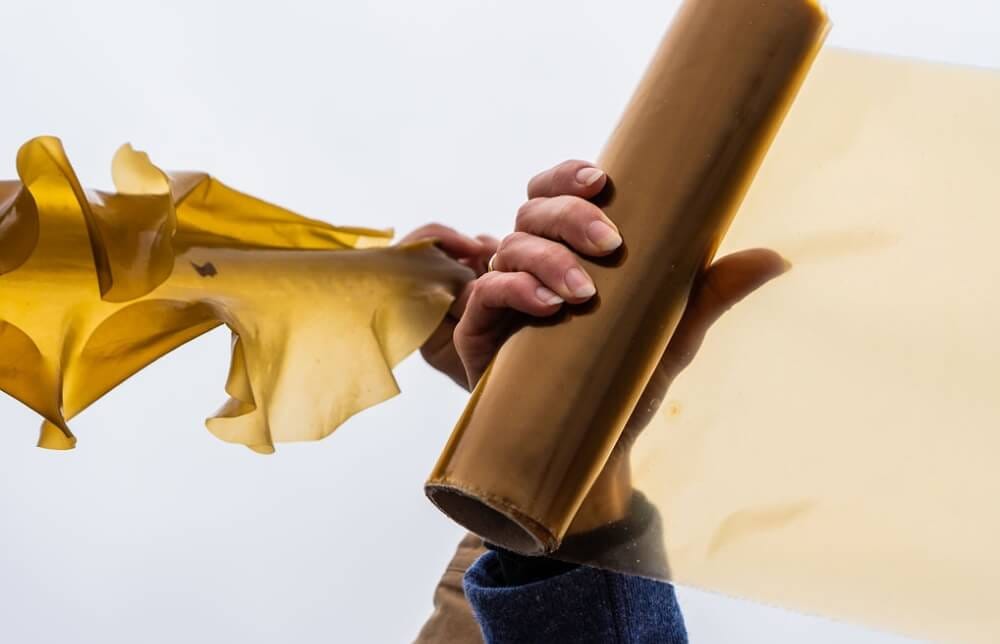
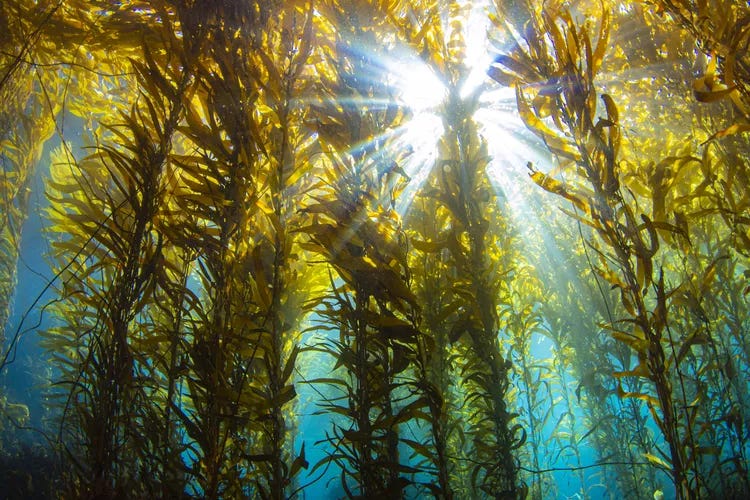
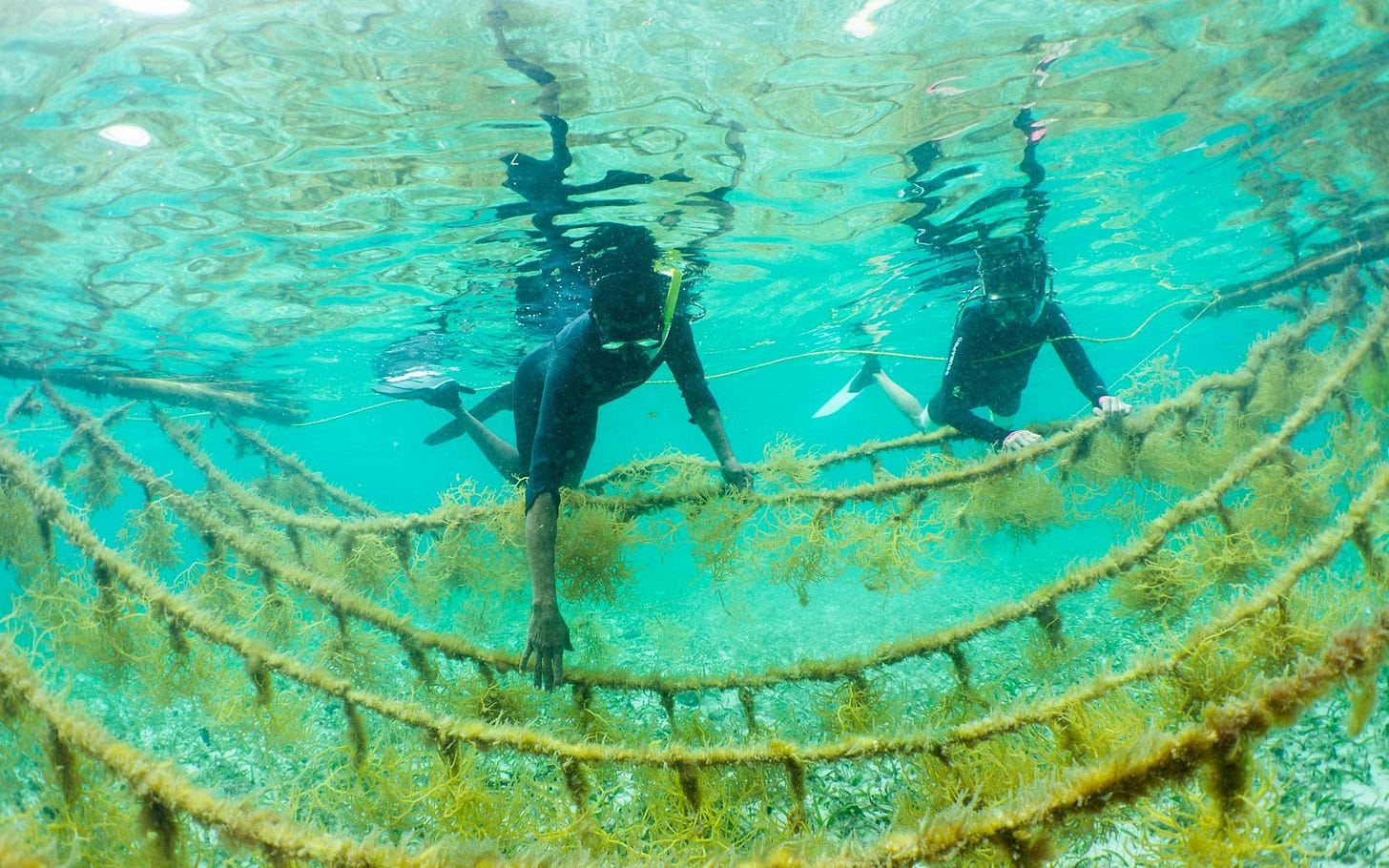
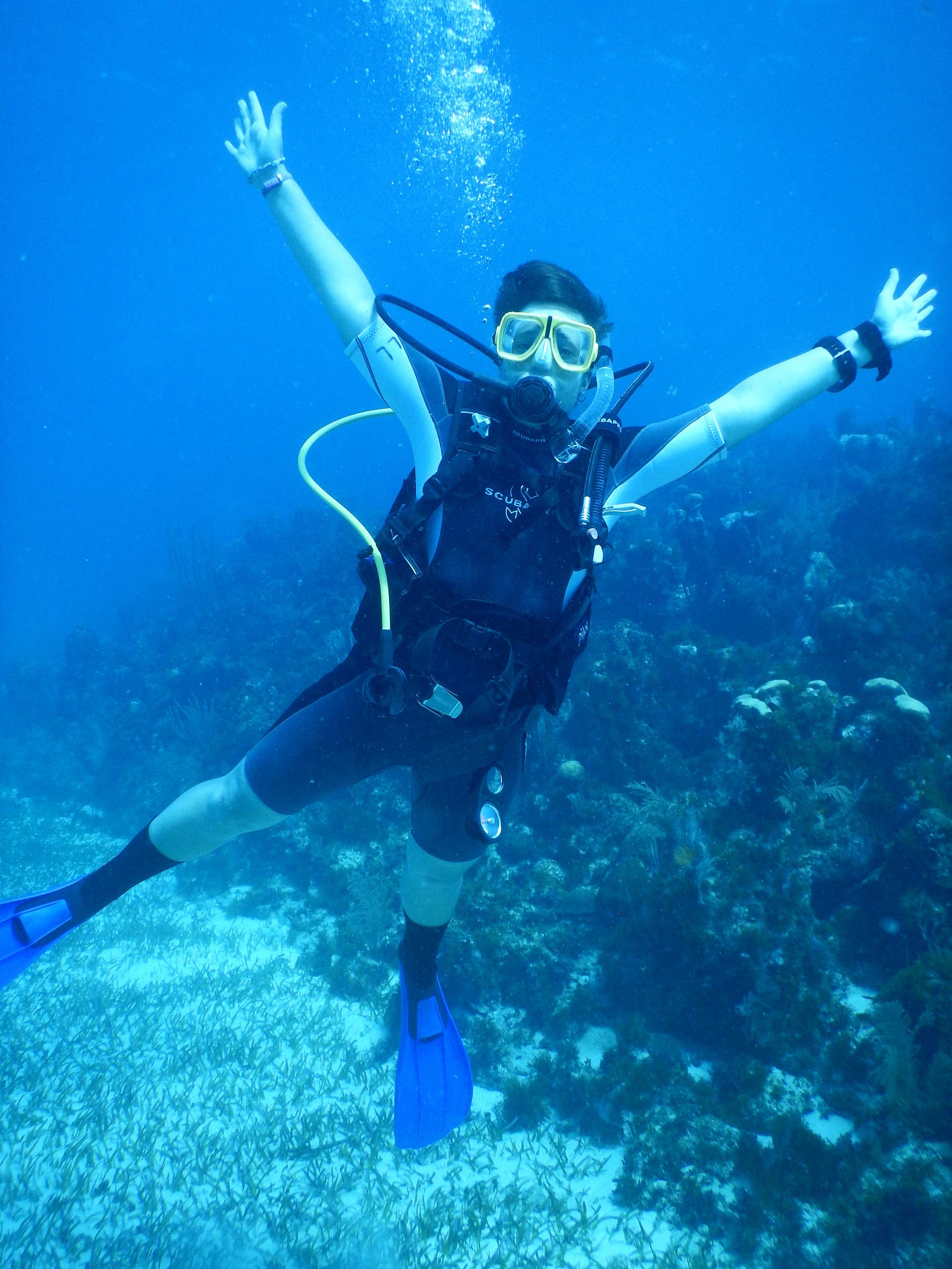
Wonderful article!
“The emissions to produce a single hamburger are higher than the emissions your car uses to drive you to McDonalds and back. “
What?! Thank you for enlightening me!